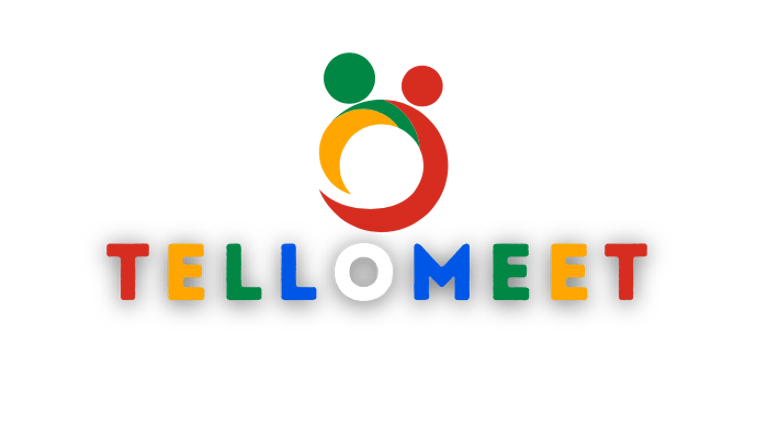Online Speech Therapy Platform
Can You Recover from Dysarthria? Prognosis & Treatment Guide
Discover recovery options for dysarthria, including therapy, prognosis, and hopeful outcomes. Learn how speech therapy and technology support speech improvement.
DYSARTHRIA
selvakumar
7/19/20252 min read


🧠 What Is Dysarthria?
Dysarthria is a motor speech disorder caused by weakness or lack of coordination in the muscles used for speaking. It often results from neurological conditions such as stroke, Parkinson’s disease, multiple sclerosis, ALS, or traumatic brain injury. People with dysarthria may sound slurred, slow, soft, or monotone—making communication a real challenge.
But here’s the good news: Recovery is possible. With the right approach, individuals can experience significant improvement and regain their voice.
🌱 Can You Recover from Dysarthria?
Yes—to varying degrees, depending on:
The underlying cause (e.g., stroke vs. progressive condition)
The severity of muscle weakness
The timing and intensity of therapy
Consistency of home practice and support
Some people experience full recovery, while others learn adaptive strategies that greatly enhance their quality of life. Even in chronic or degenerative conditions, therapy can slow progression and improve day-to-day communication.
🏥 Common Causes That Influence Prognosis
ConditionPotential for RecoveryStrokeOften good with early therapyTraumatic Brain InjuryModerate to good with ongoing supportParkinson’s DiseaseSymptoms managed with therapyALS (Motor Neuron Disease)Supportive therapy helps prolong clarityCerebral PalsyVaries by type and severity
💡 Treatment Options for Dysarthria
1. Speech Therapy
The foundation of dysarthria recovery. A speech-language pathologist (SLP) will:
Evaluate your speech, breathing, and articulation.
Create a personalized treatment plan.
Use exercises to strengthen oral muscles and improve clarity.
Train on breath support, intonation, and volume control.
Tip: Online speech therapy through platforms like TelloMeet makes regular sessions easier and more accessible.
2. Home Practice Exercises
Daily articulation drills
Mirror feedback to monitor movement
Pacing boards to slow speech
Reading aloud or practicing structured scripts
3. Assistive Technology
Speech-to-text apps
AAC (Augmentative and Alternative Communication) devices
Voice amplifiers
These tools support communication while you work on recovery.
4. Medication and Medical Management
In some cases, treating the underlying neurological condition helps improve speech:
Parkinson’s meds can reduce rigidity
Botox injections may help in spastic dysarthria
Surgery (in rare cases) may improve vocal fold movement
🙌 Emotional Support and Counseling
Dysarthria affects more than just speech. It impacts confidence, social interaction, and mental health.
Consider:
Support groups
Family counseling
Cognitive-behavioral therapy (if needed)
📈 What Does the Recovery Timeline Look Like?
Recovery timelines vary widely:
TimelineWhat to ExpectFirst 3 MonthsRapid improvement with therapy (especially post-stroke)3–6 MonthsContinued gains; adaptive strategies in place6 Months–1 YearMaintenance and long-term managementChronic CasesFocus on quality of life and communication support
✅ Final Takeaway
Recovery from dysarthria is a real possibility, especially with early intervention, consistent therapy, and a strong support system. While not everyone will regain perfect speech, most individuals see significant improvements that enhance their independence and confidence.
Start your recovery journey with professional speech therapy from TelloMeet — personalized, convenient, and empowering.
